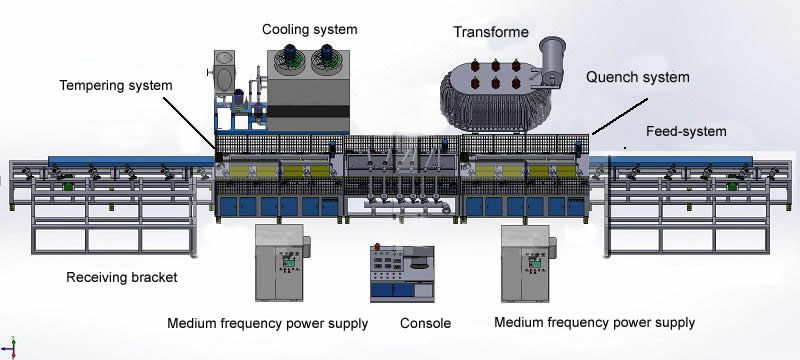- 14
- Dec
Does 45# steel need to be tempered?
Does 45# steel need to be tempered?
The need for additional tempering is determined by the situation. If the residual temperature tempering can be controlled during quenching, there is no need for additional low-temperature tempering.
The structure and properties of 45# steel after annealing, normalizing, quenching and tempering.
45# steel annealing: ferrite + pearlite;
45# steel normalizing: ferrite + pearlite;
45# steel quenching: martensite;
45# steel tempering: tempered martensite (low temperature tempering), tempered troostite (medium temperature tempering), tempered sorbite (high temperature tempering).
The structure of 45# steel after normalizing is ferrite + pearlite structure, the structure after quenching is martensite structure, and the structure after quenching + 400℃ tempering is tempered troostite structure. The normalizing performance hardness is less than HB200, but the material is easy to be machined, which is still the main process plan. Quenching +400℃ tempering hardness is very good, above HB300.
The hardness of 45# steel quenched and tempered is between HRC20~HRC30;
The quenching hardness of 45# steel is between HRC55~58, and the value can reach HRC62;
It takes 15-20 days for 45# steel to be used because it needs aging treatment to stabilize the performance of the steel.
The highest hardness in practical application is HRC55 (high-frequency quenching HRC58).
45# steel is high-quality carbon structural steel with low hardness and easy cutting processing. It is commonly used in molds as templates, tips, guide posts, etc., but heat treatment is required

